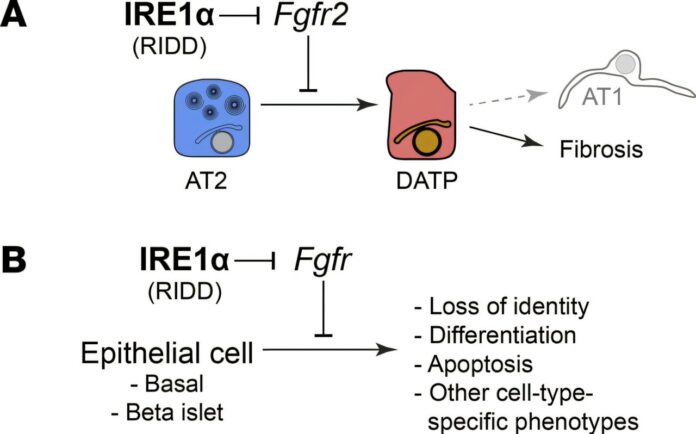Amyotrophic lateral sclerosis (ALS) is a disease that destroys the nerves necessary for movement. About 30,000 people in the United States are affected, and doctors still don’t know what causes it. To lay the groundwork for better tests, Thomas Jefferson University researchers Phillipe Loher, Eric Londin, Ph.D., and Isidore Rigoutsos, Ph.D. are taking a computational biology approach to see how ALS affects molecules in the blood.
In a study published in Molecular Neurobiology, the team analyzed blood samples from about 300 people with and without ALS. The research focused on small non-coding RNAs (sncRNAs), short molecules that help regulate gene expression and other important cellular processes. Past work from Dr. Rigoutsos and his team at the Jefferson Computational Medicine Center had shown that Parkinson’s disease affected sncRNA levels in the blood. Dr. Rigoutsos wanted to see if that was true for ALS as well.
The team discovered that people with ALS had different combinations of sncRNAs compared to people without, and certain sncRNAs were even associated with how long a person lived after being diagnosed.
Interestingly, the analyses also revealed some sncRNAs that didn’t belong to the human genome.
“A lot of the molecules that change with the disease come from bacteria or fungi,” Dr. Rigoutsos said. While the team doesn’t know whether these changes are a cause or the effect of ALS, the results point toward the microbiome playing an important role in the condition.
Dr. Rigoutsos says that a computational biology approach, which analyzes massive quantities of data to find hidden patterns of sncRNAs, will be key for understanding neurodegenerative diseases like ALS and creating better diagnostics and prognostics for more accurate survival times.
“We can do tests on the computer that would take many months, if not years, to do in the lab,” he said. “It goes beyond the kinds of things that a person can do simply by looking at a spreadsheet.”
More information:
Phillipe Loher et al, Re-Analyses of Samples From Amyotrophic Lateral Sclerosis Patients and Controls Identify Many Novel Small RNAs With Diagnostic And Prognostic Potential, Molecular Neurobiology (2025). DOI: 10.1007/s12035-025-04747-2
Thomas Jefferson University
Citation:
Computational analysis links blood RNA patterns to ALS diagnosis and prognosis (2025, April 26)
retrieved 28 April 2025
from https://medicalxpress.com/news/2025-04-analysis-links-blood-rna-patterns.html
This document is subject to copyright. Apart from any fair dealing for the purpose of private study or research, no
part may be reproduced without the written permission. The content is provided for information purposes only.



